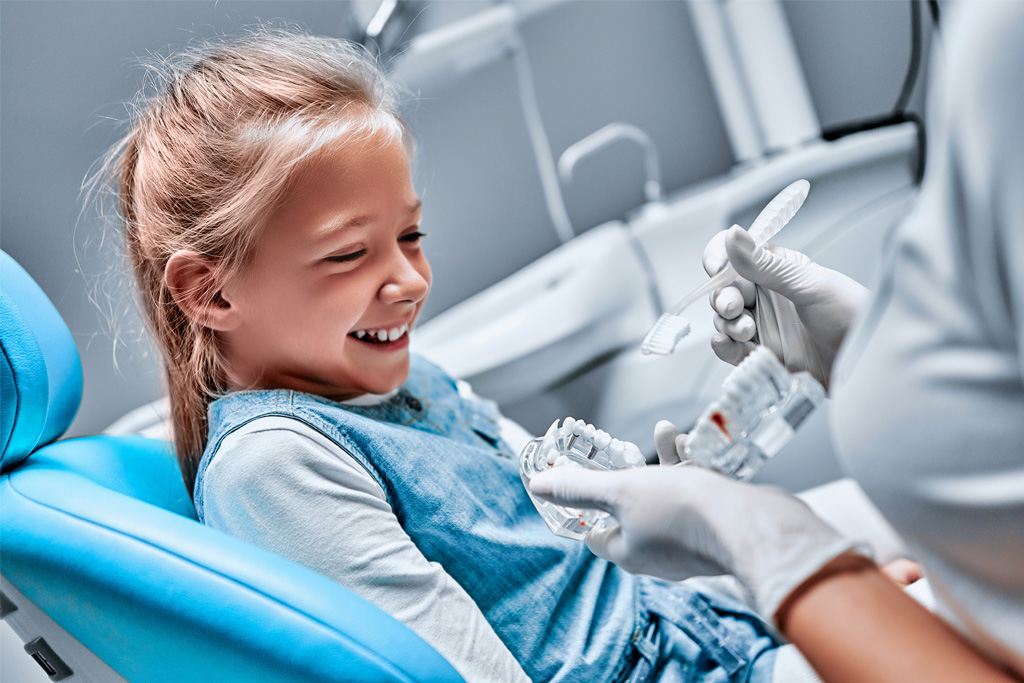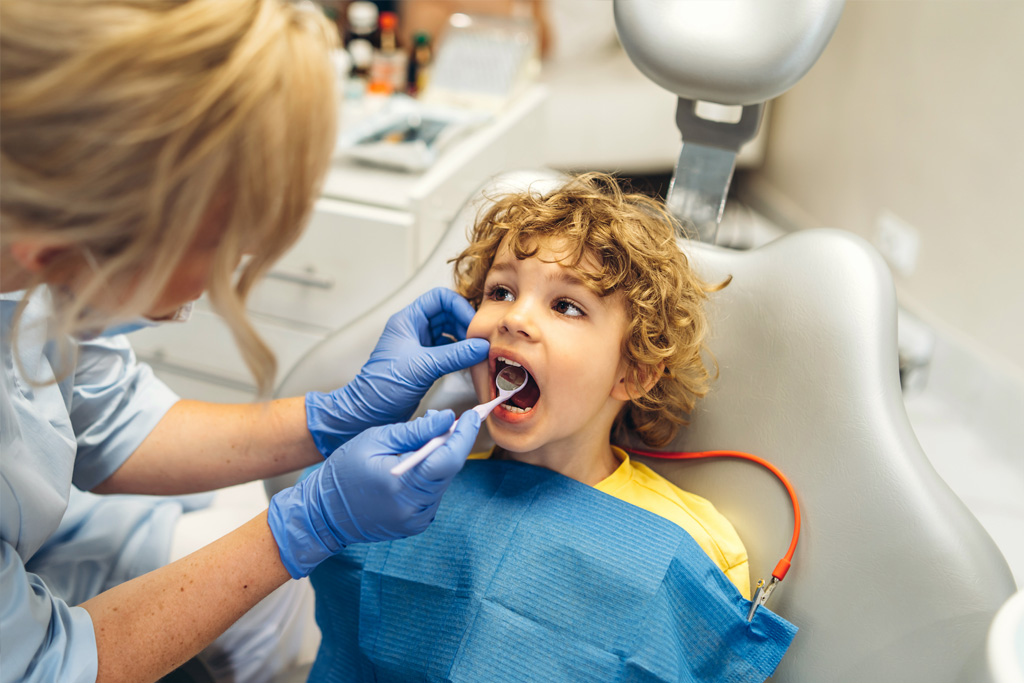
Why Age 7?
Austin, TX – When most people picture the average braces patient, they probably conjure up a teenager. But did you know that the recommended age for your child’s first orthodontic consultation is actually seven? While this may seem young, identifying potential orthodontic issues early can often lead to better outcomes. Dr. Silvana Gonzalez of Pure Smiles Orthodontics explains why.
At the age of seven, most children will have a mix of baby and adult teeth. This allows an orthodontist to look for issues in the way the jaw is developing or the way the permanent teeth are erupting. If problems are detected early, they can be treated and often prevent more serious issues from arising later. Benefits of early orthodontic screening include:

Prevention
Your orthodontist can catch potential problems before they turn into big problems. By monitoring your child’s growth and development, the orthodontist can begin treatment it will be the most effective.

Treatment that meets needs
Your child’s orthodontist can craft a treatment plan designed specifically to meet your child’s individual needs. This will allow the orthodontist to take advantage of your child’s growth to correct issues as efficiently as possible.

Reduced treatment time
For some patients, early intervention can mean reduced treatment times. Because underlying issues have already been corrected, many patients won’t need to spend as much time in braces.

Improved self-confidence
Orthodontic issues can affect how your child speaks, eats, and feels about themselves. Early treatment can address these issues and give your child a smile they are proud to show off.
Not every child who visits an orthodontist at the age of seven will need to seek treatment right away. In fact, many will maintain regular follow-ups to monitor their growth. Then, when the orthodontist deems the child ready, treatment can begin to address the issues.
There are several issues that can be caught in early screenings, including:
- Spacing issues, including crowding. Even if baby teeth are present, the orthodontist can get an idea of how the permanent teeth will erupt and if there will be spacing or crowding issues.
- Bite issues, such as overbites, underbites, crossbites, or open bites. Bite issues affect the look of your child’s smile as well as how the smile functions. Your child can have issues with biting, chewing, or speaking that early interceptive treatment may be able to help.
- Jaw growth issues. Some children have jaws that grow at different rates, leading to orthodontic issues. By catching this early, your orthodontist can help guide the growth of your child’s jaw to allow proper alignment.
- Bad habits. Oral habits such as extended thumb sucking or pacifier use, as well as tongue thrusting, can result in issues such as open bites or protruding teeth. Your orthodontist can not only help correct these issues but can provide tips on how to stop these habits.
Orthodontic treatment can plan a key role in improving our oral health and setting us up for a lifetime of healthy smiles. While not every child will require interceptive treatment, it is important to begin a relationship with an orthodontist around the age of seven. This will ensure that if treatment is needed, it can begin at the precise time that it will be the most effective.
If you are ready to schedule your child’s first orthodontic consultation, call Pure Smiles Orthodontics today at 512-215-2520.
